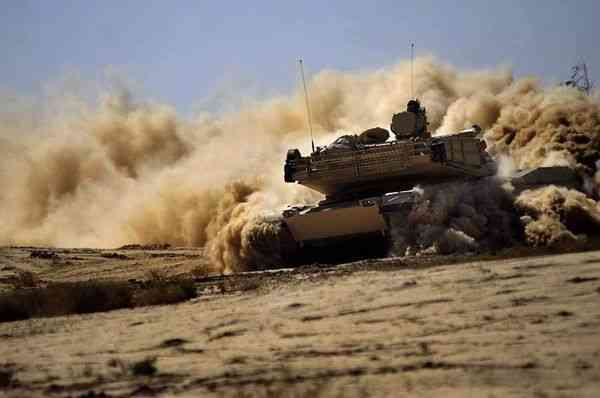In World War I, the tanks weren't of much use to the armies. The tank's heavy weight and slow movement made it an easy target for the cannons. All this will change with the beginning of a new war. This war teaches everyone how to make fast, powerful and terrifying tanks.
In the midst of World War II, at the beginning of 1943 the Germans moved heavily to use the Tiger heavy tank on the battlefields on the eastern front, thus raising the concern of the Soviets who could not repel them.
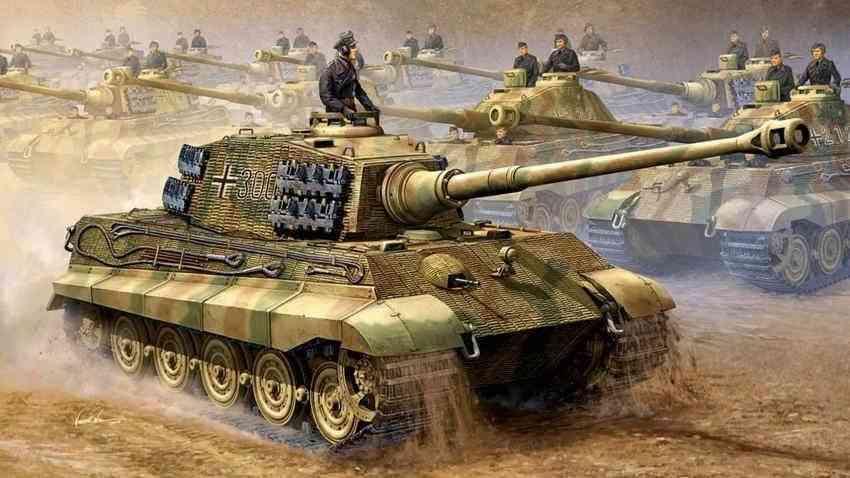
Due to the 88-mm tank cannon and its armor thickness ranging from 25 to 120 mm and up to 185 mm for the Tiger 2, this German tank formed a striking force on the battlefront, hampering the progress of Stalin's forces and the expulsion of the Nazis from Eastern Europe.
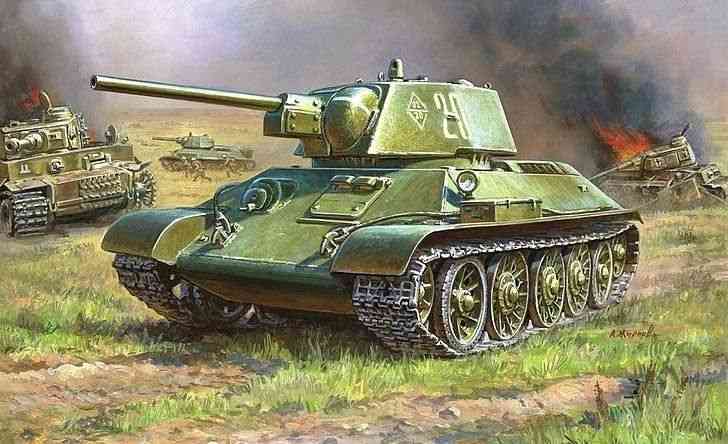
During that period, the main Soviet T-34 (T-34) and KV-1S tanks were easy prey to Tigers due to their weak armor, and Soviet combat vehicles were forced to come close to their German counterparts to hit them, and their shells were virtually ineffective in front of the tiger shields.
In the face of this situation, the Soviet army needed a new combat tank to compensate for the outdated KV1 quality, as the latter appeared since the period before the outbreak of World War II, and was slow compared to the rest of the tanks in 1943, as it was distinguished by its weak armor and high cost.
Proceeding from this, the quality of the Soviet tanks appeared, Iossif Stalin, whose name was quoted from the name of the Soviet commander Joseph Stalin, where the latter came to replace the quality KV1.
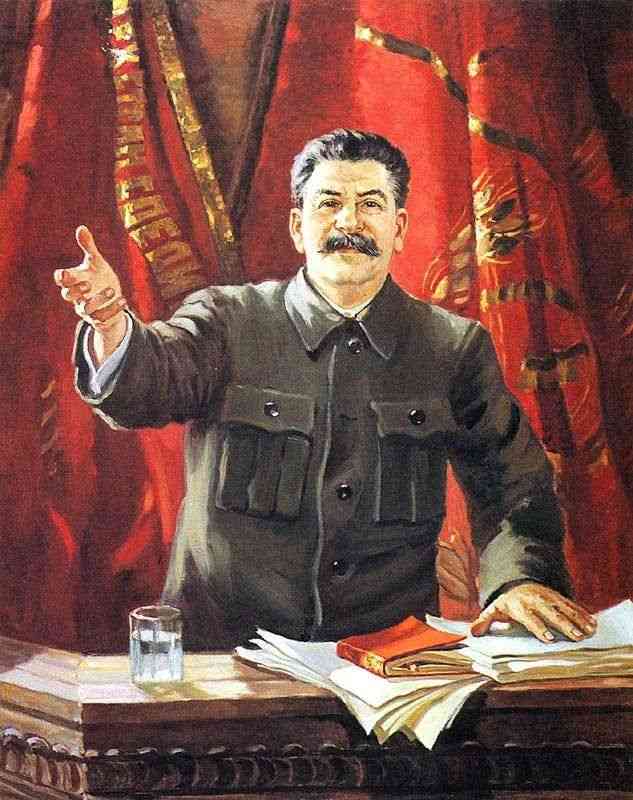
The tank, Joseph Stalin 1, briefly referred to as IS-1, registered its entry into service with the Soviet Army shortly, rapidly developing, and massively producing to be sent to the front by August 1943.
Meanwhile, this tank performed well compared to the T34 and KV1S tanks thanks to its speed and 80mm cannon, and was able to compete against German Tiger tanks from a medium distance.
Contemporary portrait of a Soviet tank T-34On the other hand, this new tank represented a temporary solution in front of the German tiger that kept its progress on the battlefields, and for this reason.The Soviets resorted to the development of a second type of tank called "Joseph" Stalin 2, and was referred to as the symbol IS2 (IS-2). The Joseph Stalin 2 tank triangle was also the strongest heavy tank of the Allies of World War II, as the latter possessed a 122 mm cannon and weighed more than 46 tons, and reached a speed of 37 km per hour.
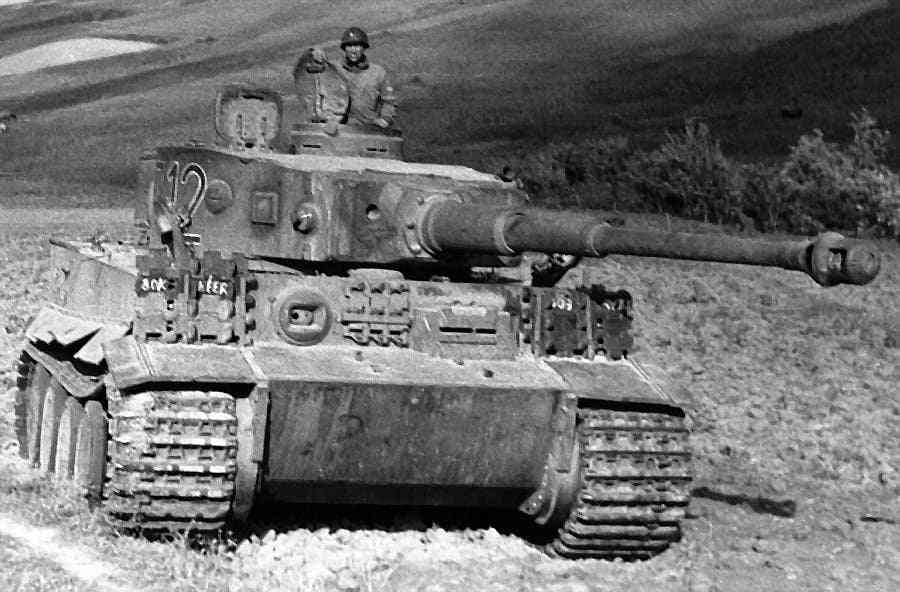
It provided good protection for its 4-person crew thanks to the armor thickness of 60 to 110 mm and made it safe from Flak 18/36/37/41 (Flak 18/36/37/41) German 88-mm anti-aircraft and tanks.
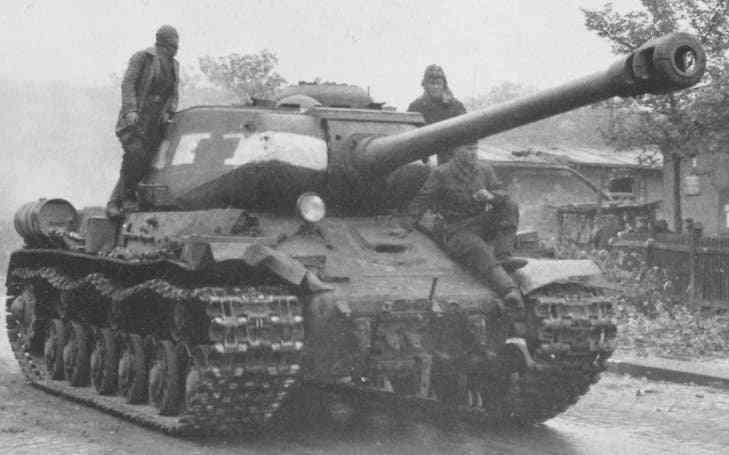
Also, the Josef Stalin 2 tank was able to target its enemies from a distance of 1.5 to 2 km and was also able to destroy the German Tiger tanks from a distance of one km.
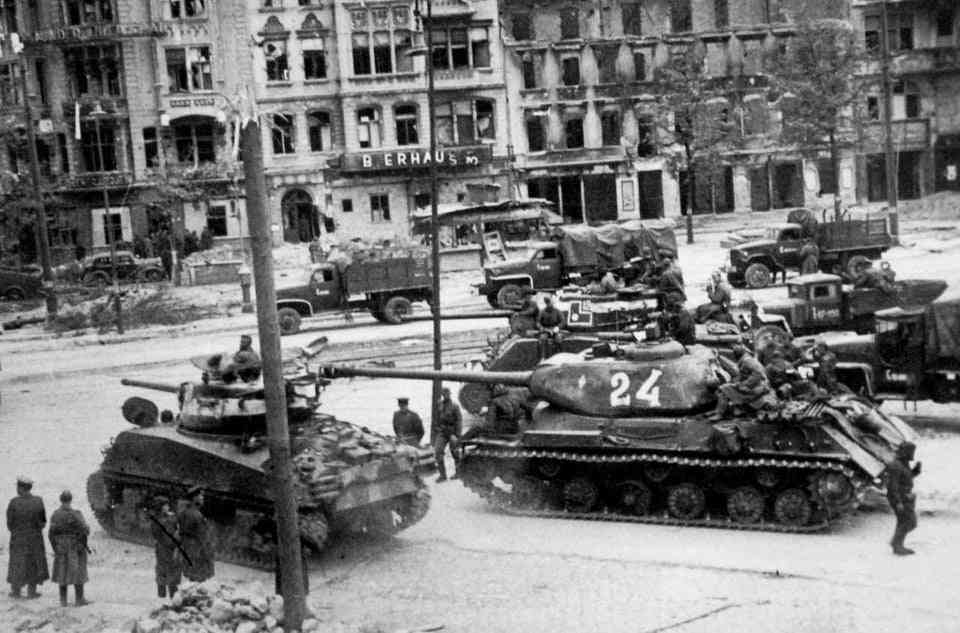
On the other hand, the German tiger tanks needed to approach less than 800 meters to damage this heavy Soviet tank, so that the German combat vehicle had few chances compared to its Soviet counterpart.
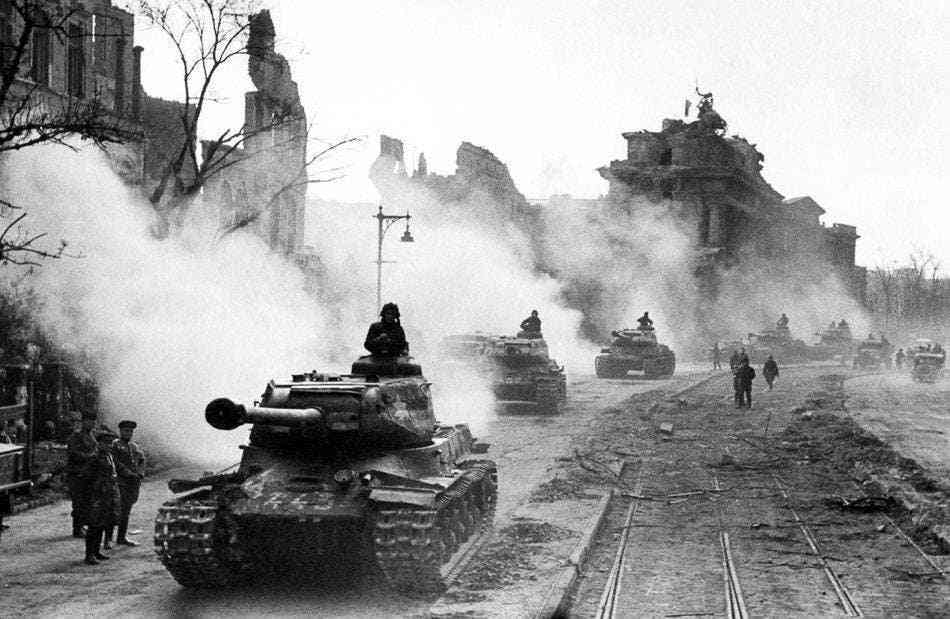
While Josef Stalin was optimistic about the tank bearing his name, the German military command asked its tanks to avoid direct confrontation with its Soviet counterpart, Joseph Stalin 2.
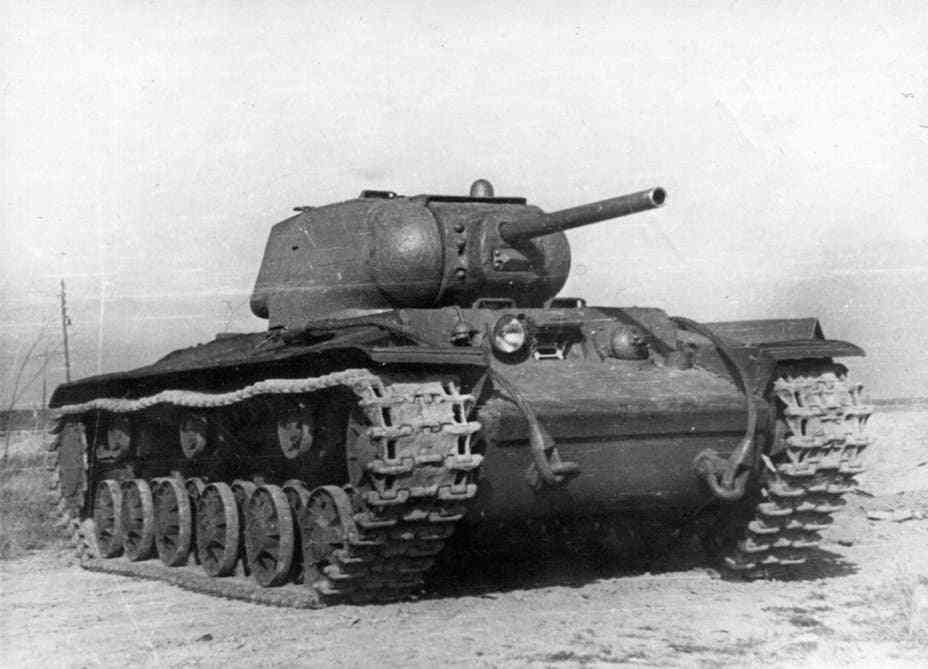
While, this heavy Soviet tank liberated many cities from the grip of the Nazis, and entered the German capital at the end of the war, targeting its German parliament building (the Reichstag) after the German soldiers barricaded inside it.
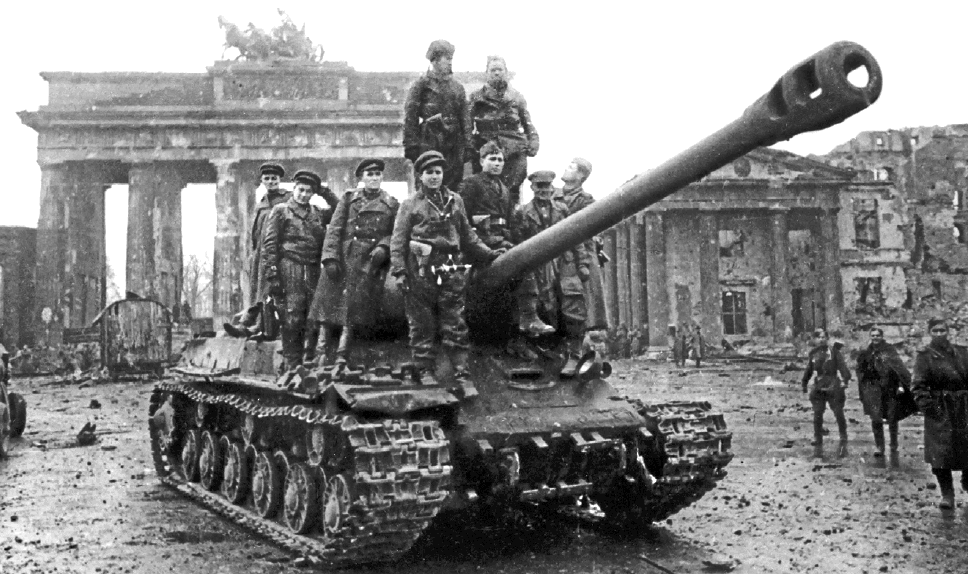
With the end of World War II, the Soviet Union produced 3,395 Joseph Stalin 2 tanks and this combat vehicle has continued to be used over the following decades by many other international armies after modifications and the emergence of advanced copies of them, as it continued to adopt them in the late twentieth century and was used by the armies of both Czechoslovakia, Poland, China and North Korea.
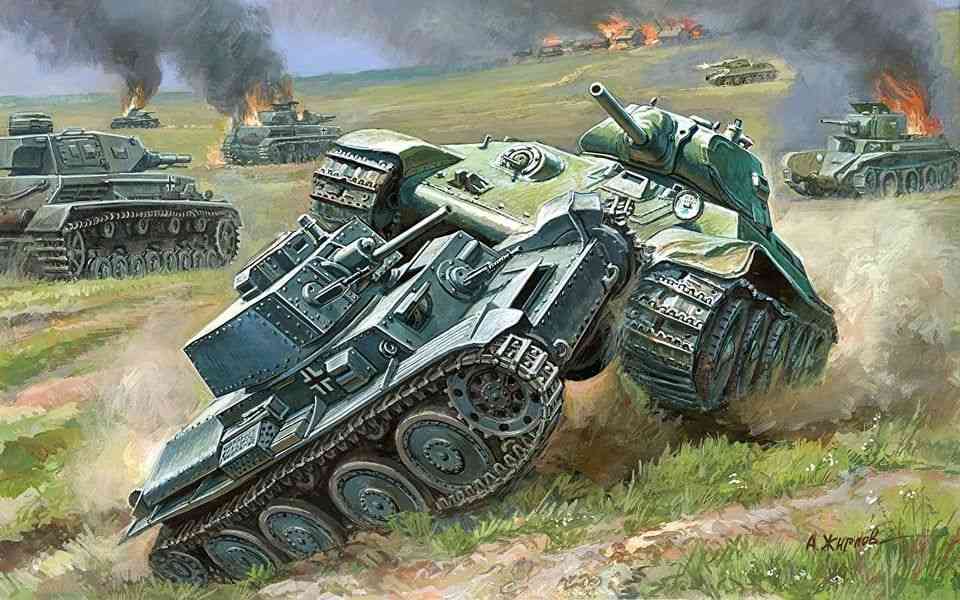
Today, despite the development of defenses against tanks,
Guided and shoulder-mounted missiles can blow up the tank with ease, However, the tank is still a terrifying and sophisticated weapon, and it will continue to evolve every day, and we will not find an army in the world without tanks.
Subscribe to our website to get updated.
#Stay with Utopia
#Spread Knowledge

